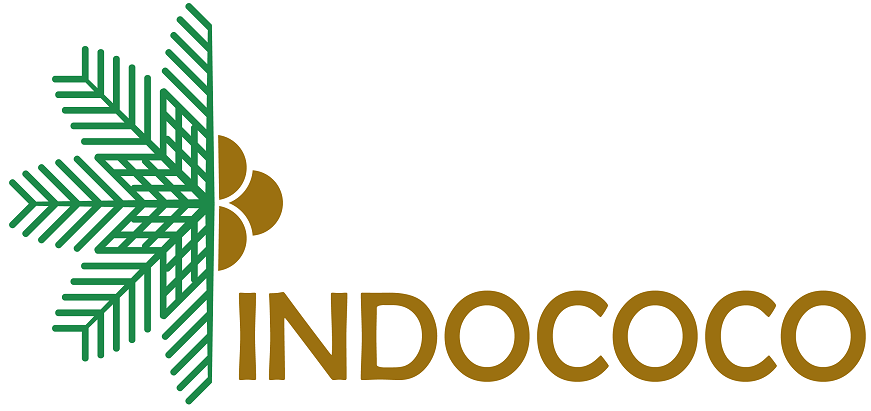
Coir Log Price, also known as coconut fiber rolls, are widely used in erosion control and land restoration projects. As an environmentally friendly alternative to traditional materials, coir logs offer numerous benefits. However, understanding the pricing factors is crucial for making informed decisions. The availability and sourcing of raw materials play a significant role in determining the price of coir logs. Coir, the fibrous material extracted from coconut husks, is the primary component of these logs. Factors such as climate, geographical location, and agricultural practices influence the supply of coir. Regions with abundant coconut plantations tend to have a lower cost of coir logs due to easy access to raw materials. Conversely, areas with limited coconut production or higher transportation costs may experience higher prices.
Manufacturing Process Coir Log Price
The manufacturing process of coir logs involves several steps, including fiber extraction, cleaning, spinning, and log formation. The complexity of the process, the level of automation, and the use of specialized machinery all impact the price. Manufacturers employing advanced technology and efficient production methods can offer coir logs at competitive rates. Additionally, the quality control measures implemented during manufacturing contribute to the final price. Logs with consistent density, length, and durability tend to be priced higher due to their superior performance and longevity.
Coir logs come in various sizes and dimensions to cater to different project requirements. The length, diameter, and weight of the logs influence their pricing. Longer and thicker logs typically command higher prices due to the increased amount of coir required for their production. The size of the project and the extent of erosion control needed also impact the choice of coir log dimensions, which in turn affects the overall cost. Balancing the project requirements with budgetary considerations is crucial when selecting the appropriate coir log size.
Quantity and Pricing Coir Log Price
The quantity of coir logs required for a project can significantly impact the pricing. Manufacturers often offer discounts for bulk orders, encouraging customers to purchase in larger quantities. Buying in bulk not only reduces the individual unit cost but also ensures consistent quality across the project. However, it is essential to consider the storage capacity and shelf life of coir logs when opting for bulk purchases. Proper storage facilities must be available to prevent degradation and maintain the effectiveness of the logs.
Market Competition and Demand
Market competition and demand dynamics also play a role in determining coir log prices. In areas where coir logs are in high demand and competition among suppliers is fierce, prices may be relatively higher. Conversely, regions with a limited market and fewer suppliers may experience lower prices due to reduced competition. External factors such as government regulations, environmental policies, and the adoption of sustainable practices can also influence the demand for coir logs, subsequently affecting their pricing. Coir logs offer an eco-friendly solution for erosion control and land restoration projects. Understanding the factors that influence coir log prices is crucial for making informed decisions. Factors such as raw material availability, manufacturing process, size and dimensions, quantity, and market dynamics all contribute to the final cost. By considering these aspects, project planners can choose the right coir logs that align with their budget and requirements.
If you interest to know more information about coir logs and other coconut derivative products, you can visit our website, You can also click link WhatsApp here to connect directly with us.
